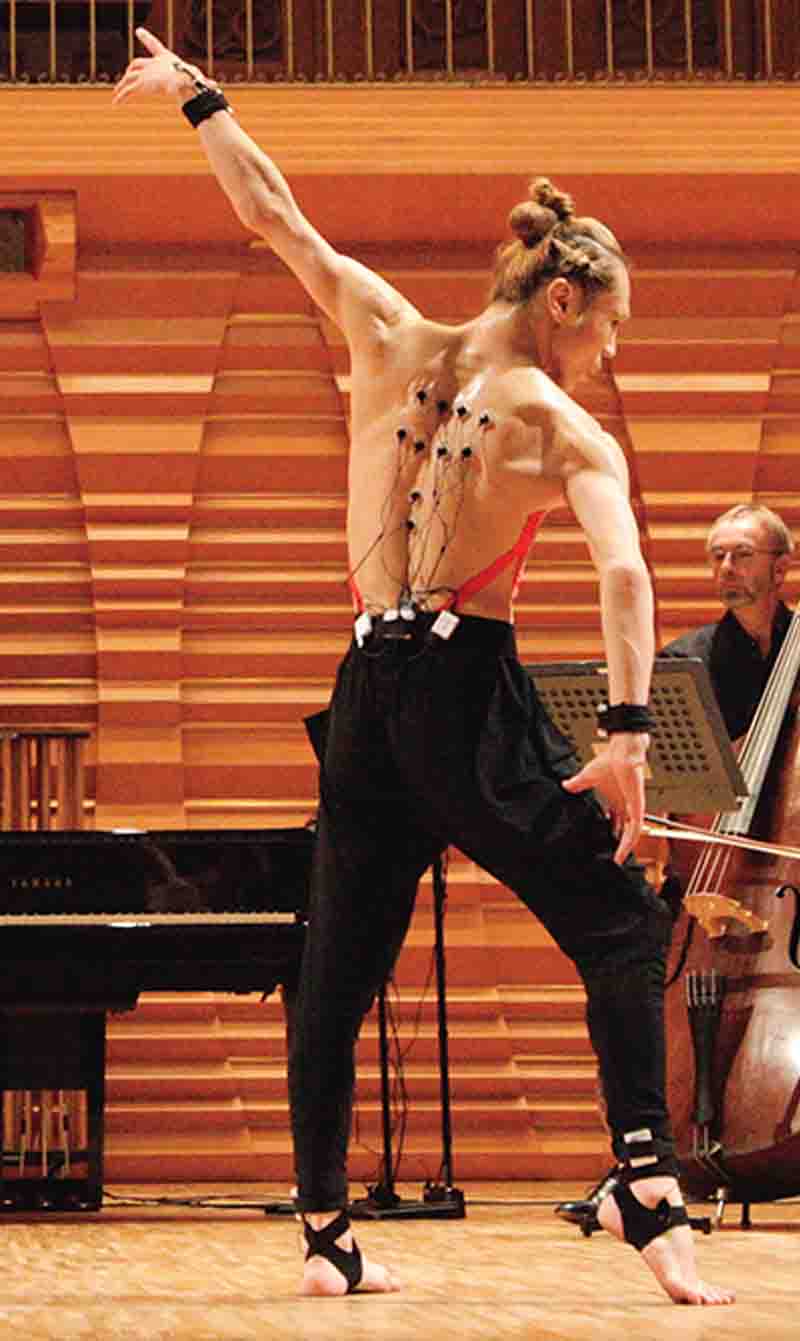Rise of women entrepreneurs: Developing a peer network
While government interventions such as legislation and quotas have been implemented in some countries to improve female participation in business, an important question remained: what role did women themselves play in supporting one another?
The world has seen a surge of successful women in businesses, whether they have started up small and medium enterprises or stood at the head of corporate boards. Yet, there were many women entrepreneurs still struggling for support in finance and obtaining expertise.
The panel discussion on the Rise of Women Entrepreneurs: Developing a Peer Network at the 10th WIEF focused on the benefits of peer networks in empowering women. Moderator Dato’ Dr Norraesah Mohamad, Chairman of the WIEF Businesswomen Network, described peer networking as ‘the levelling instrument or mechanism that will help women achieve greater heights.’ With her to make up the panel were four top corporate women and entrepreneurs from South Africa, UAE, Qatar and the US.
While the four panellists unanimously agreed that peer networking was essential for women entrepreneurs, the bigger question was how to create a sustainable network structure that could bring successful women together with those who needed assistance.
‘Women constitute 50 per cent of the world’s population but contribute to 80 per cent of the world’s consumption. This means that women actually do contribute to the growth and development of the world economy.’
Women: the real drivers of the economy
There was no doubt that women were increasing their presence in the workplace, especially in the business sector. Dr Norraesah presented statistics that she said reflected the true worth of women: ‘Women constitute 50 per cent of the world’s population but contribute to 80 per cent of the world’s consumption. This means that women actually do contribute to the growth and development of the world economy.’
More figures demonstrated the power of women as the real drivers of the global economy in various roles as business leaders, employees, consumers and entrepreneurs. Citing a 2012 report from the Global Entrepreneurship Monitor, Alison Vaughn, Founder and CEO of Jackets for Jobs Inc, US, said that 126 million women around the world were starting or running brand new businesses in 2012 and that ‘an additional 98 million female business owners ran companies that were at least three years old. In other words, 224 million female entrepreneurs were impacting the global economy.’
However, Dr Norraesah was of the opinion that while the world loved women, it didn’t love them enough. Women as a source of talent and human capital were still largely underutilised. ‘We need to see what we can do to make sure that women as economic assets are fully made use of by the community, the government and the world.’
What are women up against?
In order for women to demonstrate their true worth, they first had to overcome tremendous cultural, socio-economic and personal hurdles.
‘There is a bias against us,’ was the frank opinion of Pria Hassan, CEO of Women of Africa (WOA) Fuels and Oils, South Africa, based on her experience of working in male-dominated sectors. ‘Women have to fight a lot of bias, corruption and the lack of government support to a certain degree.’
Cultural norms, as well as a lack of mentoring among girls and women have also created obstacles. ‘We are so accustomed to being in the corner and listening, as opposed to talking, rising up and leading boardrooms. When we were young, we were taught by our mothers that girls did nice things. We don’t get involved in hardcore business,’ she said.
Traditional biases were less apparent in certain cultures, as could be seen in regions where conditions were more favourable for high-potential female entrepreneurship development. Hassan cited the US and Australia as the top two countries where women entrepreneurs thrived, adding that ‘the UAE and India both have 11 per cent of women in powerful positions, Russia has 43 per cent, South Africa 26 per cent and Japan nine per cent.’
The role of peer networks
Despite seemingly entrenched cultural biases, however, women themselves could play a significant role in creating behavioural change and chipping away at these barriers. In this regard, Hassan has been working to ensure that 30 per cent of WOA’s profits went towards developing women empowerment and women entrepreneurship. ‘We take that money and ensure that we develop other women entrepreneurs year in, year out and we have been doing this successfully now for the last nine years.’
Vaughn spoke about two types of networking: mentoring and peer networking. ‘The whole idea behind a peer network is colleagues helping each other to help themselves. For instance, Jackets for Jobs provides support and empowerment for unemployed men and women who need assistance with employment training—we counsel and educate them on how to present themselves for job interviews.’
She cited the Goldman Sachs 10,000 Small Businesses programme as an example of a peer network that introduced her to other women entrepreneurs and provided skills training. ‘With these skills, I can craft new partnerships and mentor other women who are just getting started in the business.’
Vaughn also spoke about the importance of mentoring: ‘A mentor can shorten the length of where you have to go when you are trying to achieve a goal. A mentor can tell you about the roadblocks, as well as the path to success for whatever eld you are into.’
Dr Shaikha Al Maskari, Chairperson of Al Maskari Holding, the UAE, believed that peer networking at its core was about one woman reaching out to another. ‘In this age of pervasive, rampant misinformation and the spread of destructive ideologies, prejudices and stigma, a woman has to empower other women in her own way,’ she said.
Hassan agreed: ‘If we don’t learn to inspire, trust and motivate each other, no man is going to do it with us. We have to learn to break down those barriers between ourselves and let go of our fear of sharing our success stories. We are fearful of being judged, of people’s perceptions of us.’
‘We take that money and ensure that we develop other women entrepreneurs year in year out and we have been doing this successfully now for the last nine years. One girl can change a community. Multiply that by six million girls in the developing world and you have changed the course of history,’ she added.
Overcoming regulatory challenges
Peer networking can assist women entrepreneurs specifically by providing assistance in navigating the often complex regulatory processes involved in starting up businesses. As some regulatory requirements can be daunting, an established network of women who have successfully gone through the process can help to mentor other women on how to obtain business licences, set up business plans and manage accounts.
Sharifah S. Hamzah, Senior Associate at Bennett Jones (Middle East) LLP, used the example of how her firm provided assistance to women in the male- dominated construction sector. ‘There are women who come and say that they are trying to set up firms. So we advise them on how to set up companies, what capital they need, how much capital they need and what licenses they should get.’ These networks could be set up so that (for example) successful women could help rural women to establish businesses—but such networks could also be part of a much larger women’s network spanning the globe. ‘You could have a network where women in Malaysia could help to support women in Indonesia, for instance, by marketing their products,’ she said.
The role of government
In response to a question about whether governments should undertake more initiatives to support women, Hassan responded that women had to get together through networks and civil society organisations to find ways to lobby their governments. ‘It’s up to us to go to the government and say it’s time for change.’
A women-friendly government, remarked Dr Norraesah, could go a long way towards providing an enabling environment for women to thrive in businesses and other professions. Women themselves could complement government initiatives by reaching out to the grassroots.
The use of quotas or legislation to encourage inclusion and gender equality was still up for debate
in some countries. However, Dr Al Maskari pointed out that quotas (such as the UAE’s quota for women on the boards of government-linked corporations) must be supported by real results in terms of women’s contributions. She also suggested that incentives were a more powerful method of inclusion—for example, companies that employed more than a certain percentage of women could be given priority for bids.
linking peer networks with the global agenda
With the third United Nations Millennium Development Goal of promoting gender equality and empowering women racing towards its 2015 targets and beyond, many countries have come under pressure to achieve those goals locally.
At the grassroots level, what role do peer networks play in translating global objectives into realistic local actions such as setting up business incubators, supporting SMEs, establishing legislation and implementing policies and procedures?
Dr Norraesah believed that meeting global targets had to begin within each nation with the right women-friendly policies.
Sharifah Hamzah narrowed the focus further: ‘A global agenda is important for empowering women but change ultimately boils down to individual communities themselves. The law can determine that women have equal rights but, in reality—in the rural areas or in certain communities— it’s still tradition that the men hold the properties and the women do not inherit. So if you don’t tackle this issue of cultural barriers, I don’t see how any legislation you pass can have any effect.’
Echoing her sentiments, Dr Al Maskari added: ‘To go global, we have to go village by village. We cannot depend on UN agencies. We have to depend on each other.’
Women doing it for themselves
‘You have to be bold,’ said Hassan. ‘You have to go where few people go, and take chances.’ Women had to learn to work on their businesses, rather than in them. Skills such as knowing how to read financial statements or putting together business plans would be crucial when the time came to seek funding assistance.
As a point of action, Hassan proposed that a Memorandum of Understanding and a Collaboration Agreement be signed by all the women representatives at the WIEF, with the objective of sharing stories and telling the world of their successes.
Conclusion
Making up half the world’s population, women can wield a powerful force if they chose to join arms in overcoming the challenges faced in a world that was still largely male-centric.
What drew agreement from the discussion was that women had to come together as a community bound by shared interests and common goals. Women had to act in unison, lend support to each other and break the mindset of dependence on external support. As Dr Norraesah reminded women: ‘We always talk about glass ceilings as barriers for women. But we forget that women have sticky feet too. If you want to achieve something, go for it and you will get it.’
Women constitute 50 per cent of the world’s population but contribute to 80 per cent of global consumption. In 2012, 126 million women around the world started or ran brand-new businesses. In the same year, an additional 98 million female business owners ran companies that were at least three years old. The US and Australia are the top two countries where women entrepreneurs thrive.
___________________
This is based on a session from the 10th WIEF in Dubai.





